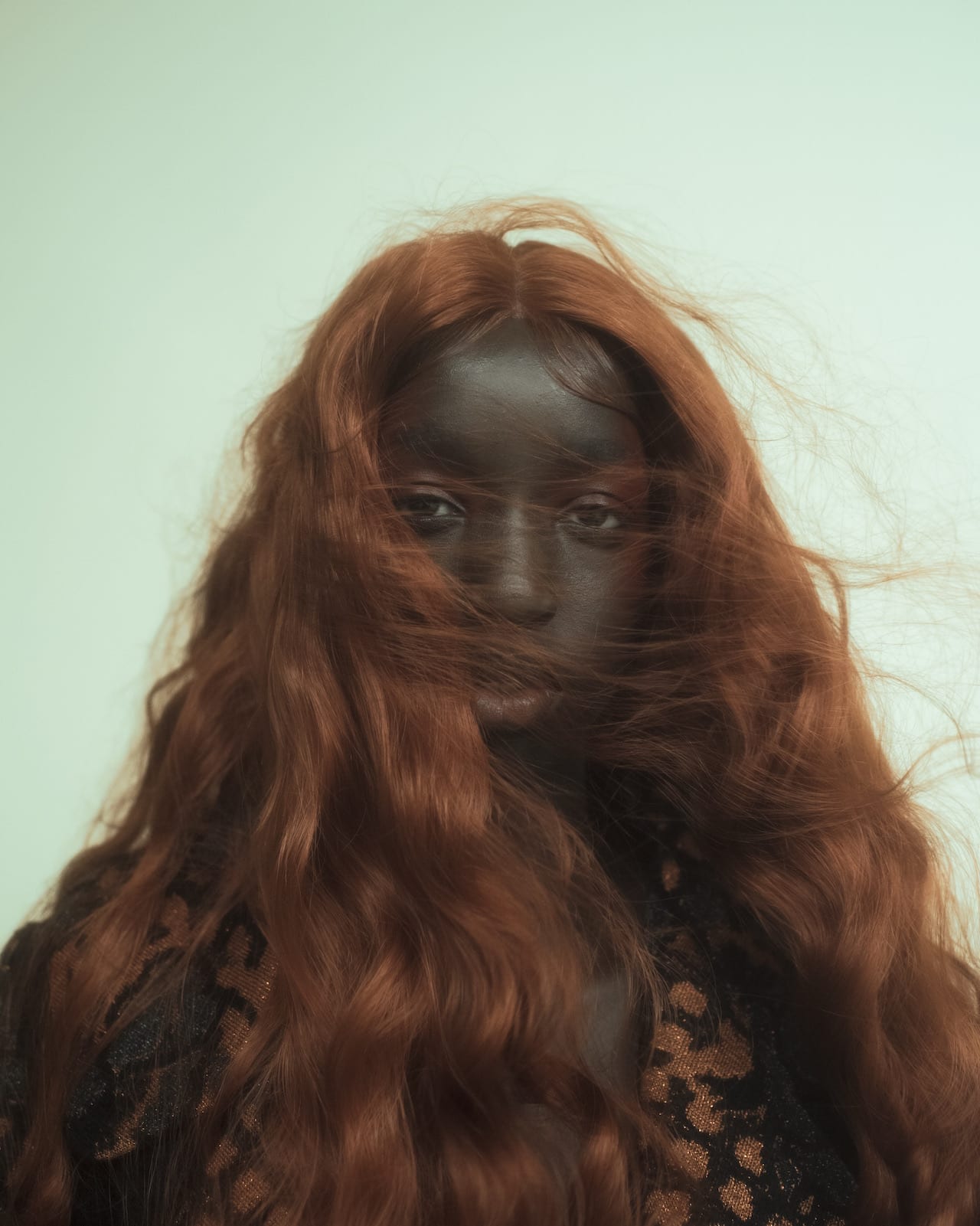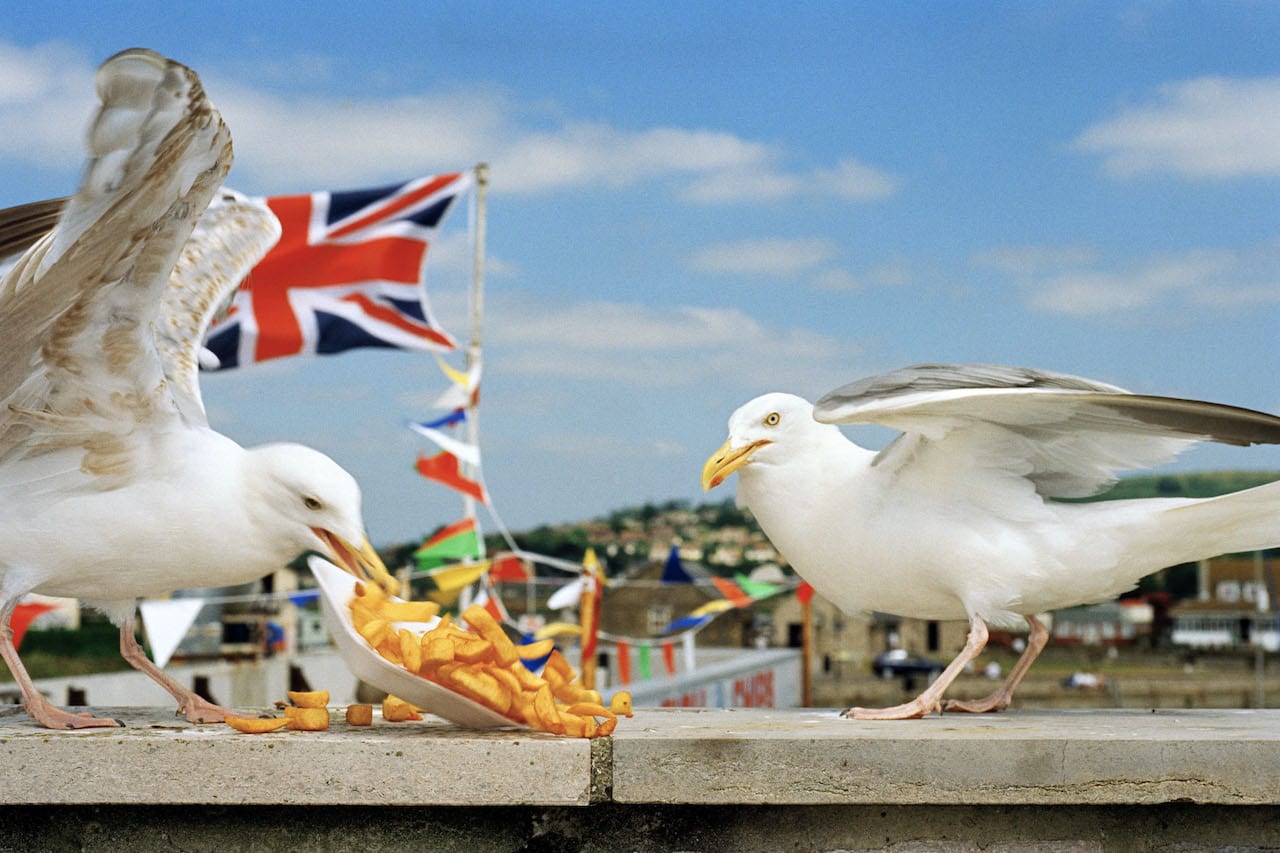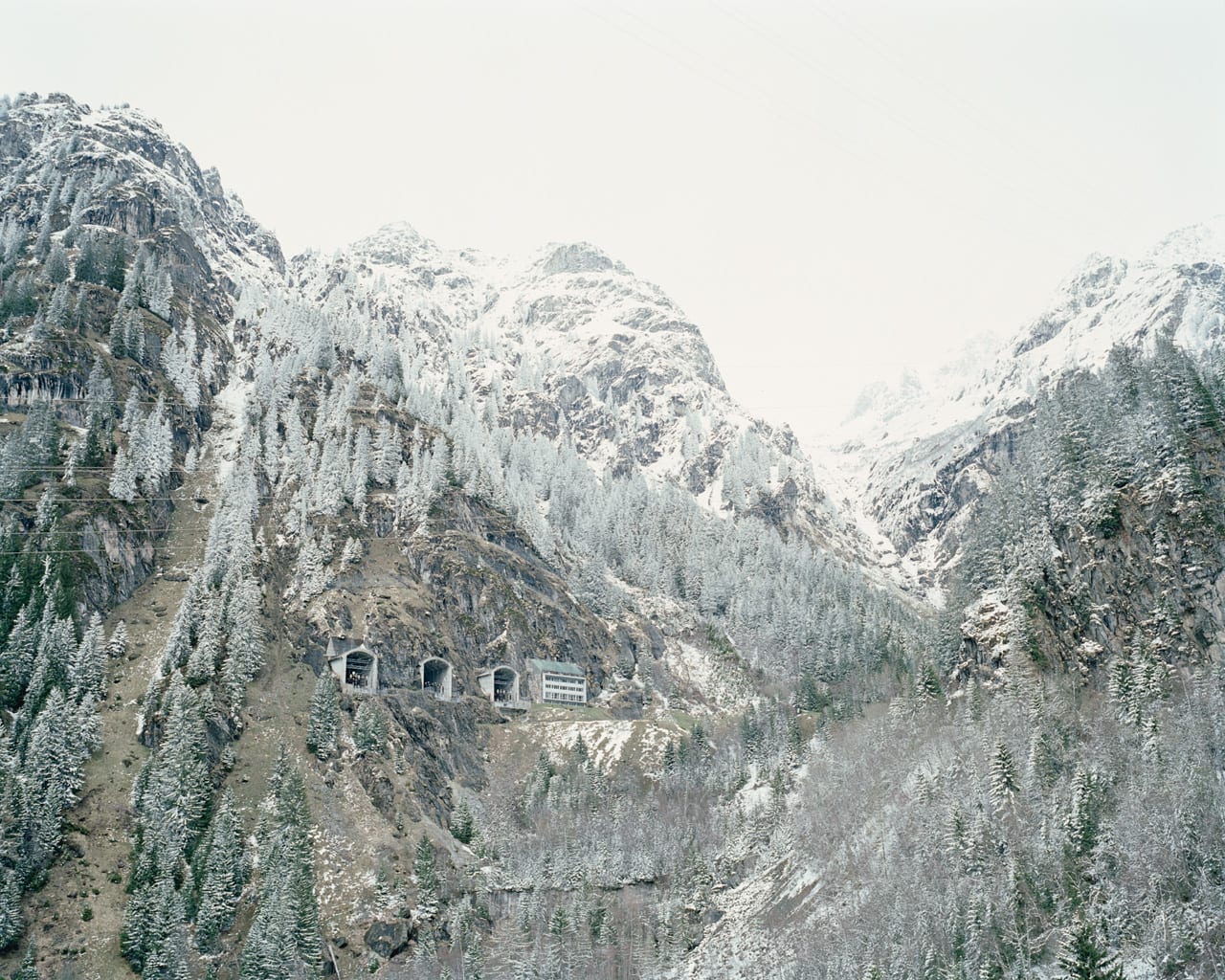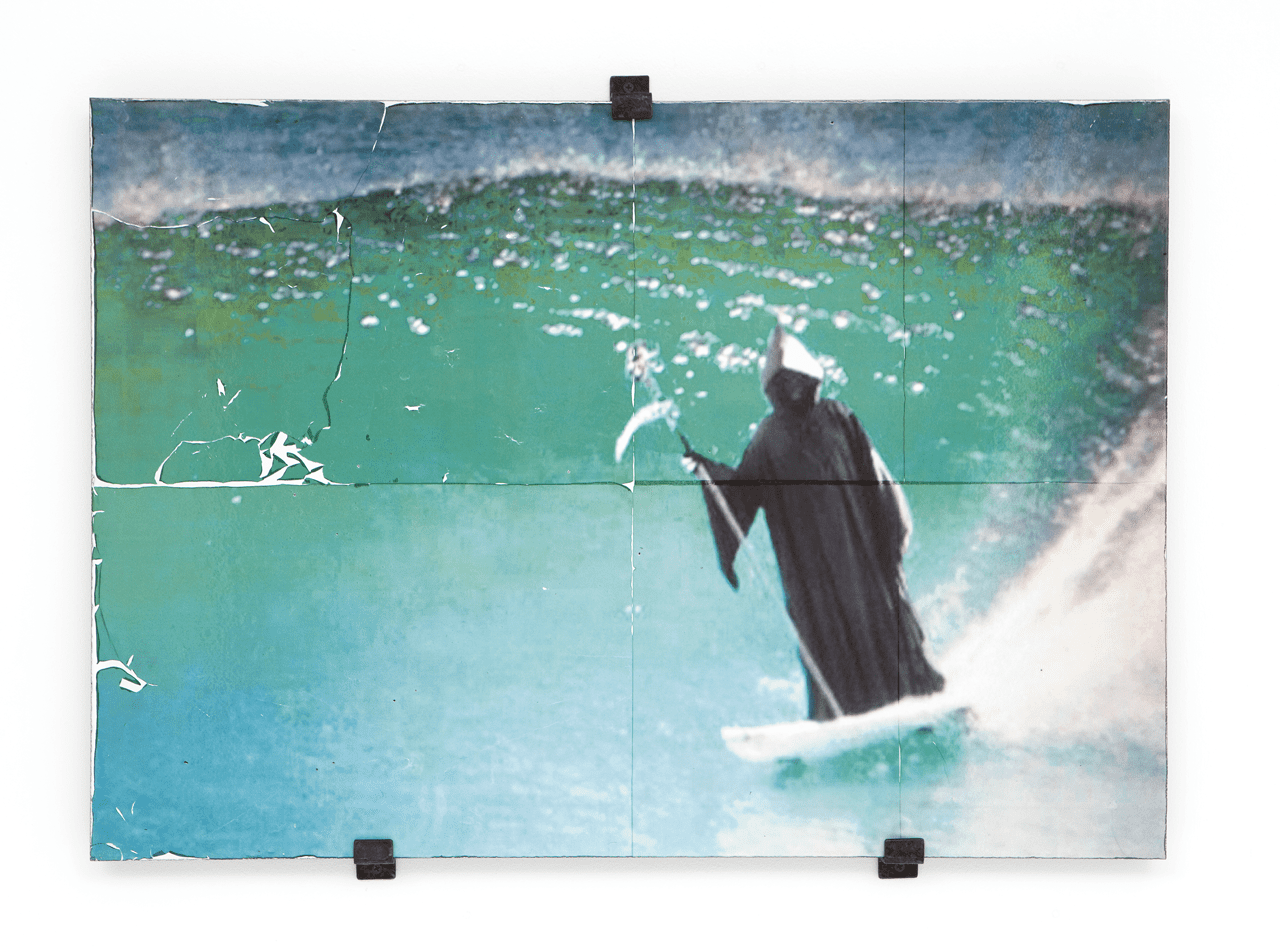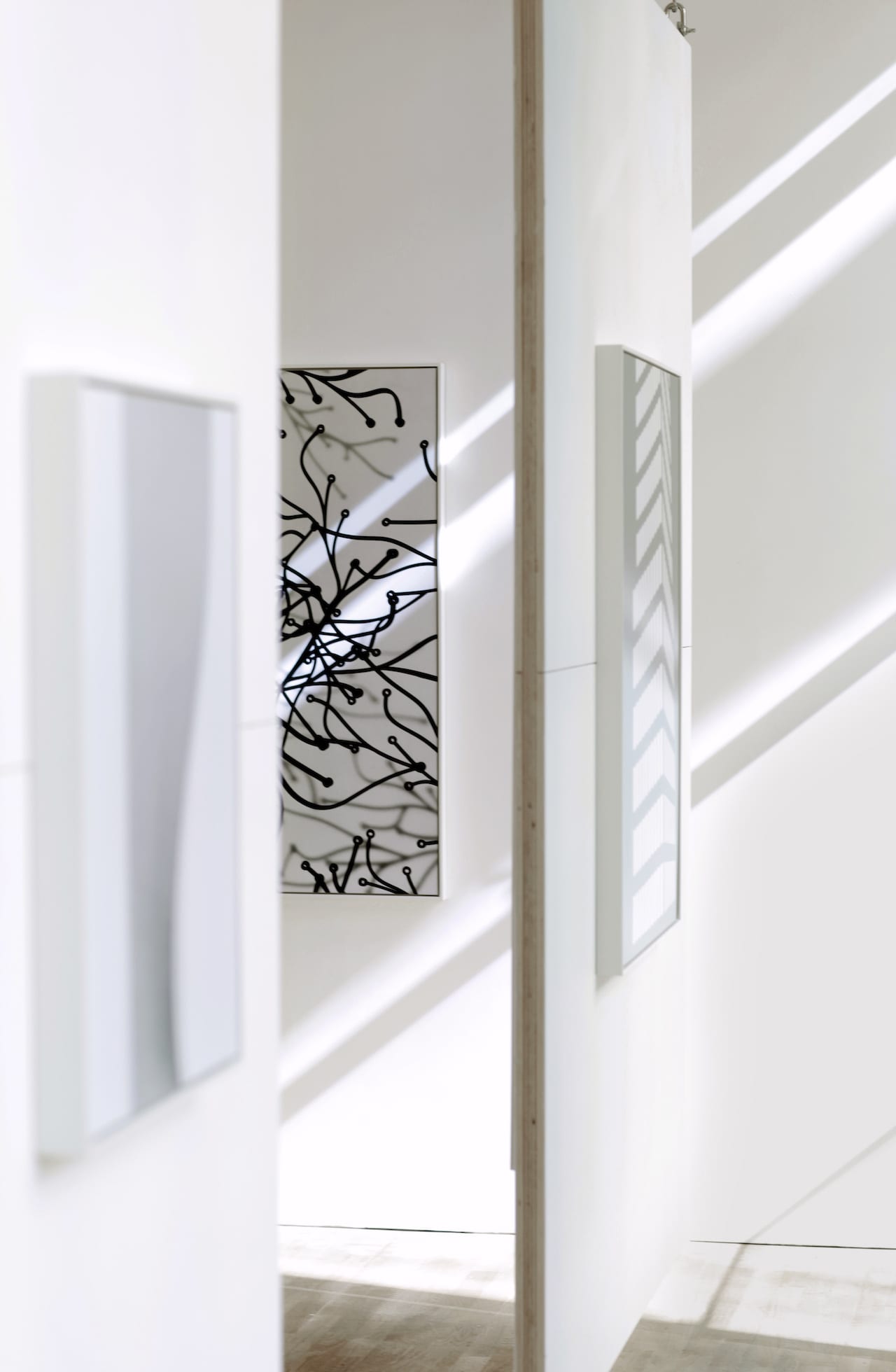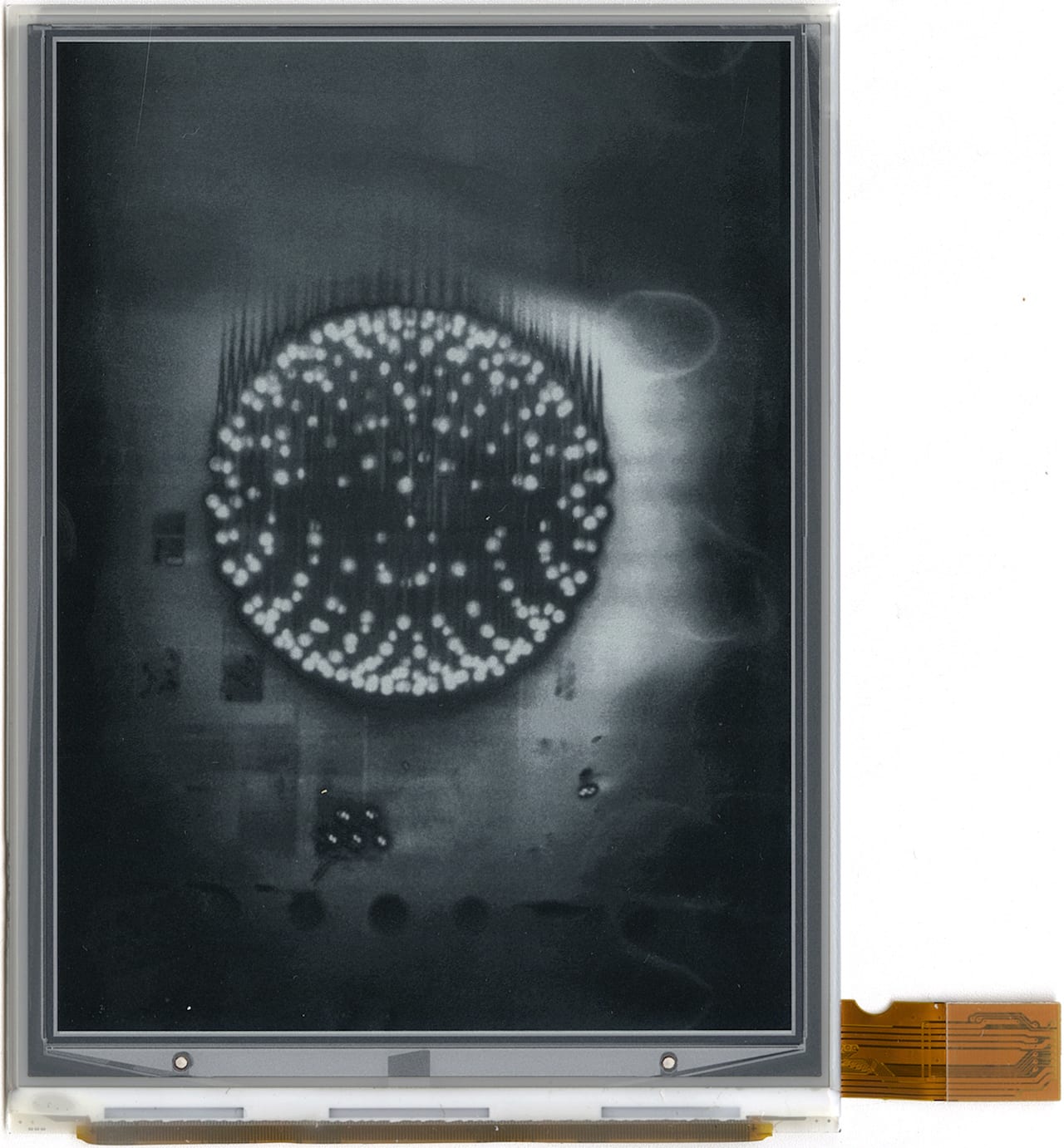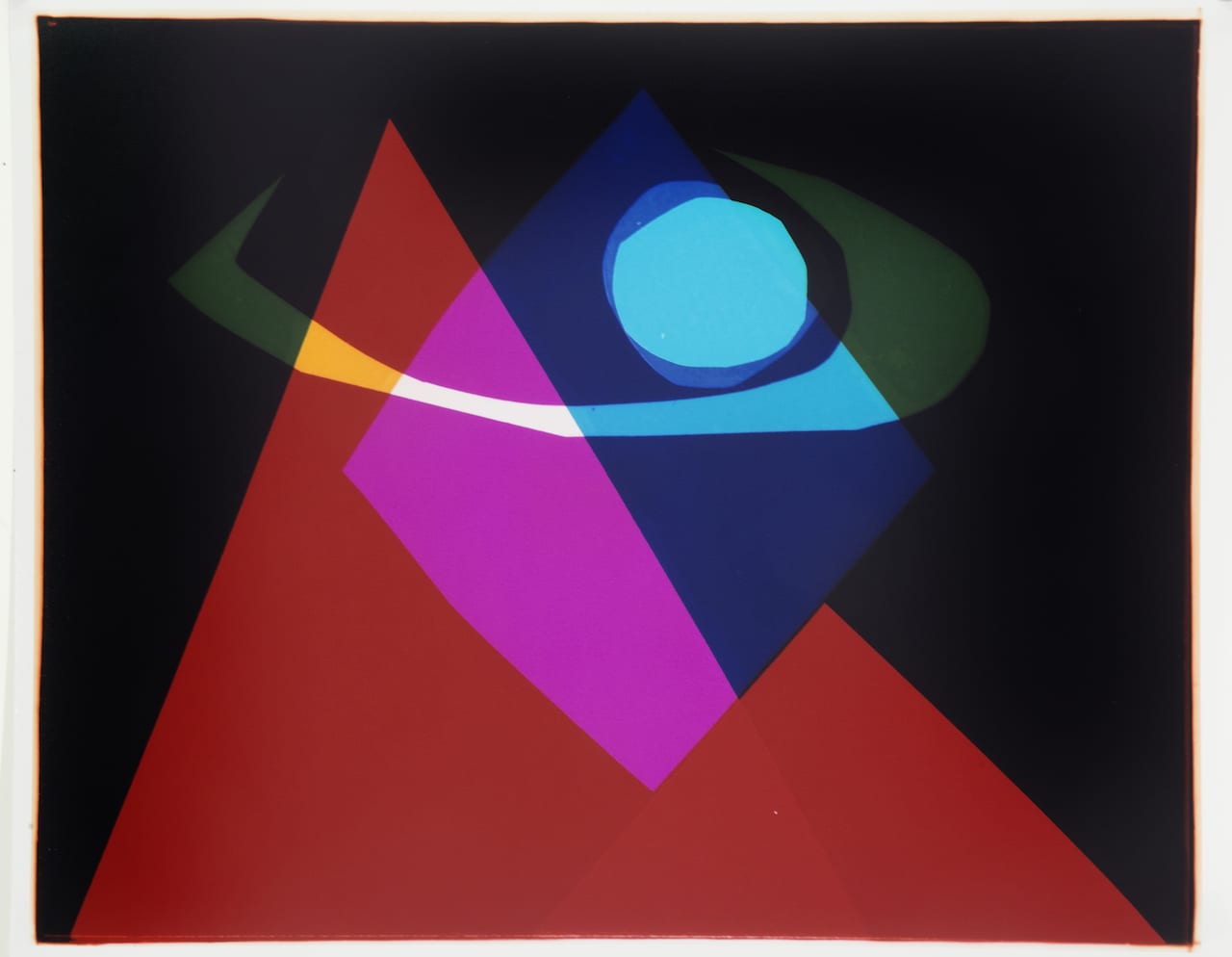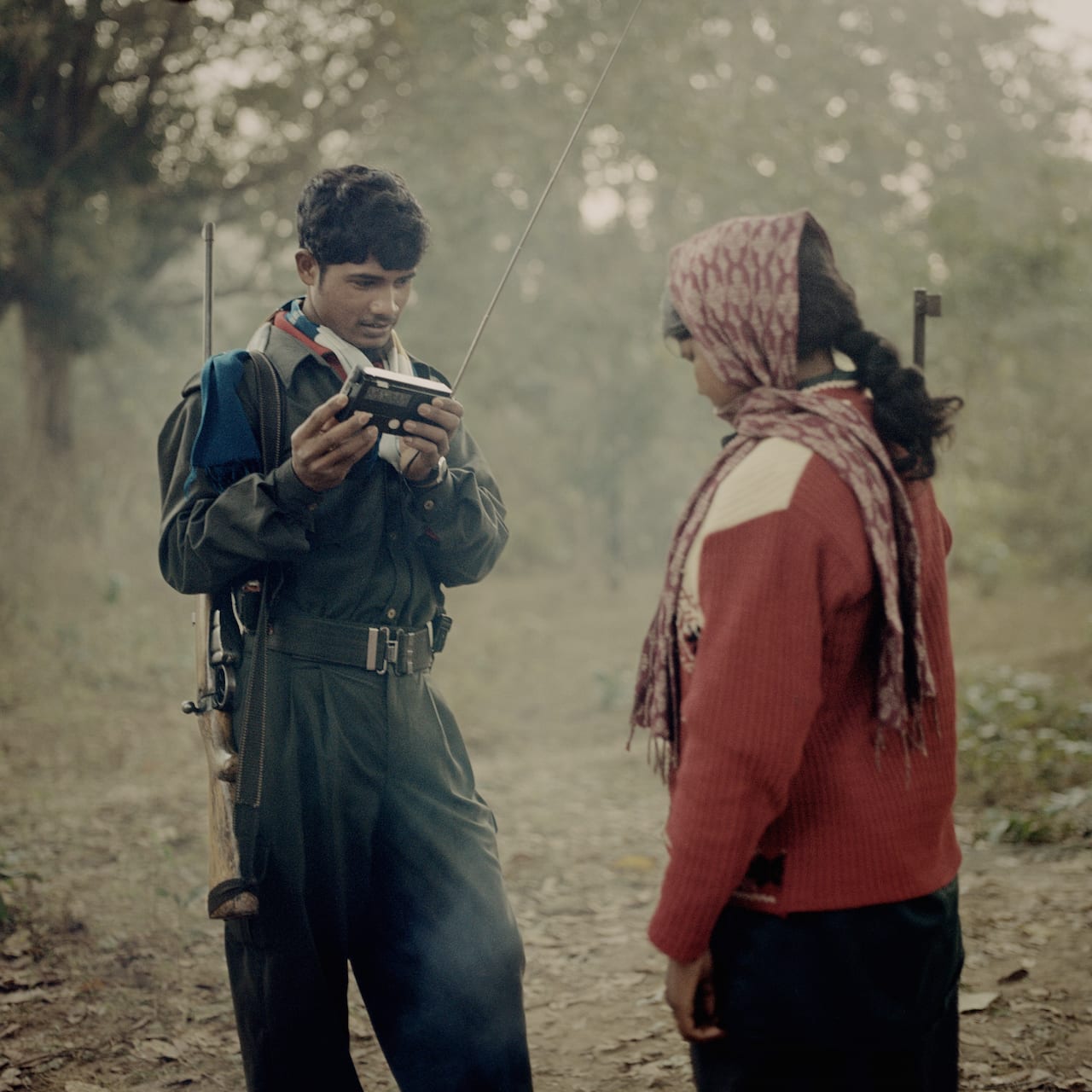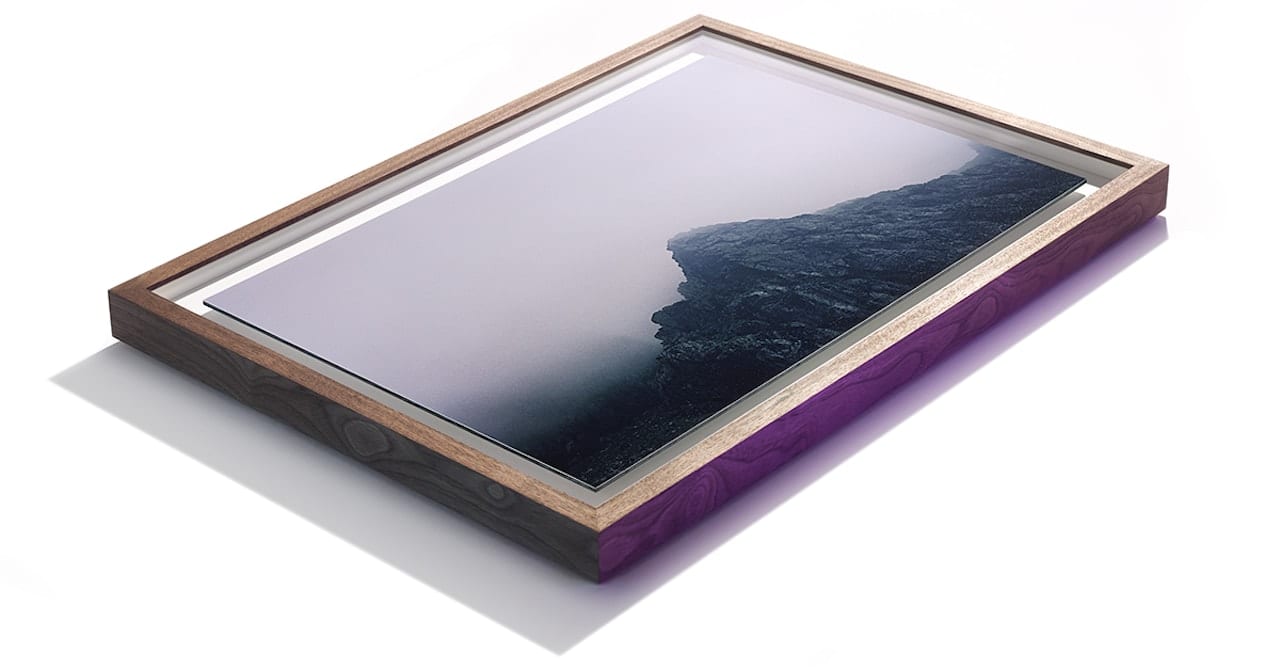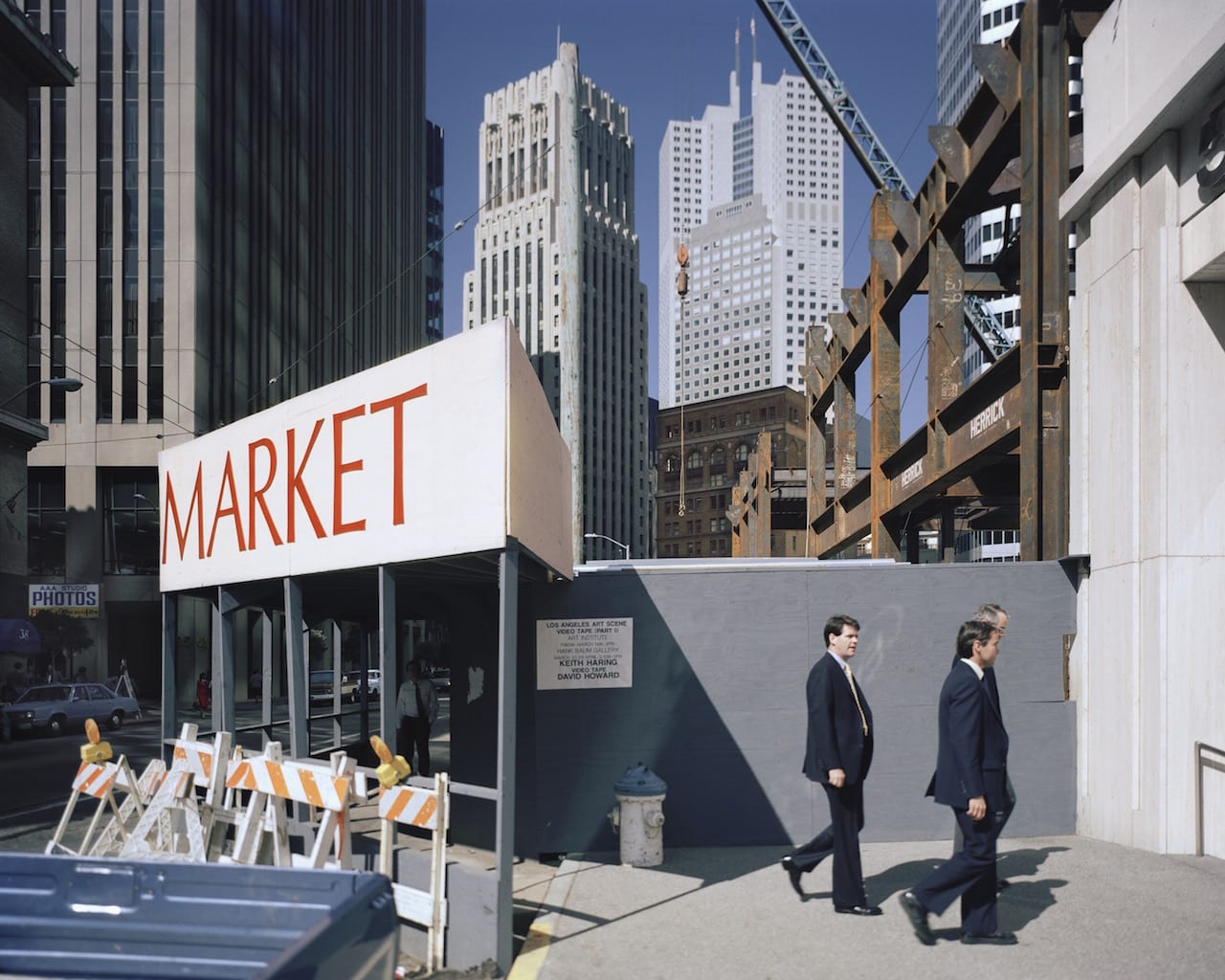Nadine Ijewere has been interested in fashion imagery since she was a girl but it wasn’t until she studied photography at the London College of Fashion that she began to pick up on some of its more unsettling undertones – particularly the stereotypes used in the portrayal of non-Western cultures. The Misrepresentation of Representation, an early project that she completed at university reflected on Orientalism and how it came to rigidly define certain cultures for a Western audience.
